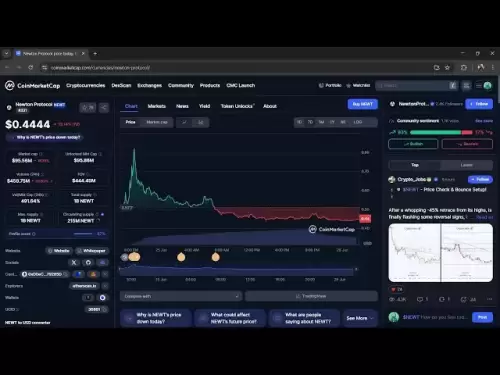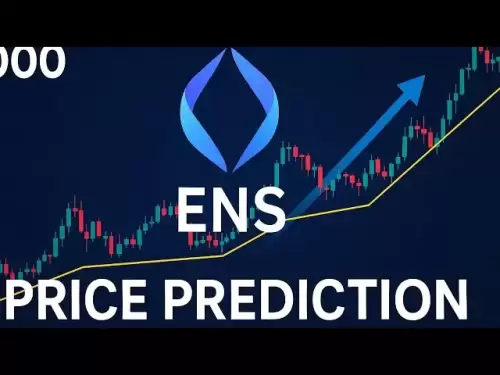-
 Bitcoin
Bitcoin $107,308.8133
-0.08% -
 Ethereum
Ethereum $2,425.9047
0.07% -
 Tether USDt
Tether USDt $1.0002
-0.01% -
 XRP
XRP $2.1169
-3.33% -
 BNB
BNB $646.5225
0.22% -
 Solana
Solana $142.1883
-1.36% -
 USDC
USDC $0.9999
0.00% -
 TRON
TRON $0.2714
-0.19% -
 Dogecoin
Dogecoin $0.1600
-3.36% -
 Cardano
Cardano $0.5545
-2.76% -
 Hyperliquid
Hyperliquid $36.5550
-1.44% -
 Bitcoin Cash
Bitcoin Cash $492.8443
1.79% -
 Sui
Sui $2.6160
-5.12% -
 Chainlink
Chainlink $13.0681
-0.80% -
 UNUS SED LEO
UNUS SED LEO $9.0028
-0.01% -
 Stellar
Stellar $0.2352
-2.94% -
 Avalanche
Avalanche $17.2295
-2.75% -
 Toncoin
Toncoin $2.8080
-1.23% -
 Shiba Inu
Shiba Inu $0.0...01122
-3.72% -
 Litecoin
Litecoin $84.5374
-0.16% -
 Hedera
Hedera $0.1433
-5.23% -
 Monero
Monero $315.9545
0.89% -
 Dai
Dai $0.9996
-0.03% -
 Ethena USDe
Ethena USDe $0.9997
-0.04% -
 Polkadot
Polkadot $3.2987
-2.83% -
 Bitget Token
Bitget Token $4.4729
2.88% -
 Uniswap
Uniswap $6.8093
-2.50% -
 Pi
Pi $0.5621
-11.98% -
 Pepe
Pepe $0.0...09222
-4.89% -
 Aave
Aave $252.2262
-2.43%
Can you make money by doing contracts in the currency circle?
Sentence: Contract trading in the currency circle offers the potential for amplified profits and losses through leveraged positions, requiring a deep understanding of principles, strategies, risk management techniques, and psychological aspects for successful trading.
Jan 11, 2025 at 12:54 pm
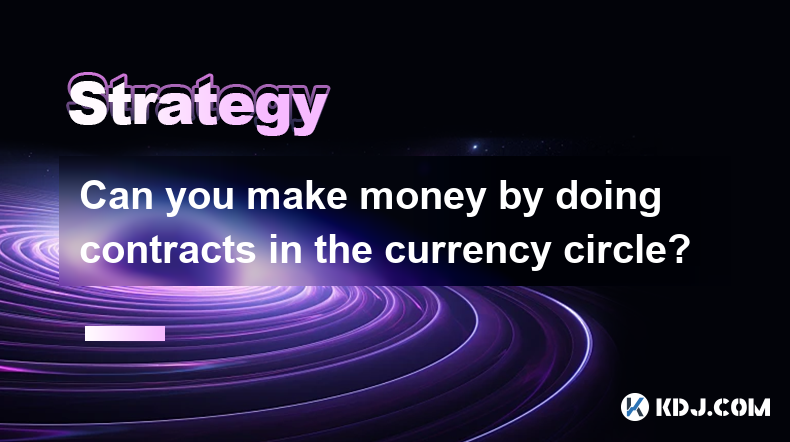
Key Points:
- Understanding Contract Trading Principles: Leveraged Positions, Margin Requirements, and Liquidations
- Choosing Suitable Strategies: Scalping, Day Trading, and Position Trading
- Risk Management Techniques: Stop-Loss Orders, Position Sizing, and Risk-Reward Ratios
- Technical and Fundamental Analysis for Informed Trading Decisions
- Emotional Discipline and Psychological Aspect of Trading
Can You Make Money by Doing Contracts in the Currency Circle?
Understanding Contract Trading Principles
- Leveraged Positions: Contracts allow traders to multiply their buying or selling power, amplifying potential profits and losses. Leverage must be used with caution and a clear understanding of its implications.
- Margin Requirements: A certain amount of collateral (margin) is required to maintain leveraged positions. The ratio of leverage to margin is essential in determining potential profits and risks.
- Liquidations: If the value of an underlying asset moves against a trader's position and reaches a predetermined level, the position can be liquidated to prevent further losses. Risk management techniques are crucial to avoid untimely liquidations.
Choosing Suitable Strategies
- Scalping: Rapid-fire trades that capitalize on small price movements over short timeframes. Requires quick execution and precise timing.
- Day Trading: Opening and closing trades within a single trading day, aiming to profit from intraday price fluctuations. Requires knowledge of market trends and technical indicators.
- Position Trading: Holding positions for extended durations based on fundamental analysis and long-term market trends. Requires patience and a thorough understanding of market dynamics.
Risk Management Techniques
- Stop-Loss Orders: Set orders that automatically close positions when prices reach predefined levels, preventing excessive losses.
- Position Sizing: Adjusting the size of trades based on risk tolerance and available capital.
- Risk-Reward Ratios: Ensuring potential rewards justify potential risks by calculating the ratio between potential profit and potential loss.
Technical and Fundamental Analysis
- Technical Analysis: Studying historical price data, patterns, and indicators to identify trading opportunities and technical levels.
- Fundamental Analysis: Evaluating economic conditions, industry trends, and company financials to determine the intrinsic value of assets.
Emotional Discipline and Psychological Aspect
- Emotional Control: Avoiding irrational decision-making based on fear or greed and adhering to a predefined trading plan.
- Discipline: Following trading rules consistently, avoiding impulse trades, and acknowledging mistakes.
- Psychological Resilience: Dealing with inevitable setbacks and maintaining a positive mindset to navigate market volatility.
FAQs
What is the difference between spot and contract trading?
- Spot trading involves buying or selling an asset immediately at its current market price.
- Contract trading involves speculating on future price movements without owning the underlying asset.
What are the advantages of contract trading?
- Leveraged positions for amplified profits or losses.
- Access to diverse markets and global assets.
- Flexibility to trade in different directions of asset movement.
What are the risks of contract trading?
- High risk associated with leverage and the possibility of liquidations.
- Potential for significant losses if price movements go against trade direction.
- Emotional strain and psychological challenges.
How much capital do I need to start contract trading?
- The required capital depends on the specific contract being traded and the leverage used. It is advisable to start with a small amount of capital and gradually increase as you gain experience and knowledge.
Disclaimer:info@kdj.com
The information provided is not trading advice. kdj.com does not assume any responsibility for any investments made based on the information provided in this article. Cryptocurrencies are highly volatile and it is highly recommended that you invest with caution after thorough research!
If you believe that the content used on this website infringes your copyright, please contact us immediately (info@kdj.com) and we will delete it promptly.
- QFSCOIN: Your No-Sweat Ticket to Crypto Mining Riches (Bitcoin, Dogecoin, Litecoin)
- 2025-06-27 00:50:12
- Moonveil's $MORE Token: Powering the Future of Web3 Gaming with CEX Listings
- 2025-06-27 00:30:12
- Wormhole Crypto: Navigating Interoperability, Crash Risks, and 10x Potential
- 2025-06-27 00:30:12
- Kraken's Krak App: Revolutionizing Bitcoin and Crypto Payments, Ya Dig?
- 2025-06-27 00:52:13
- EthCC, Cannes, July 3rd: What's Buzzing in the Blockchain World?
- 2025-06-27 00:55:11
- Crypto Presales: Live Updates and the Latest News Shaping the Future
- 2025-06-27 00:55:11
Related knowledge
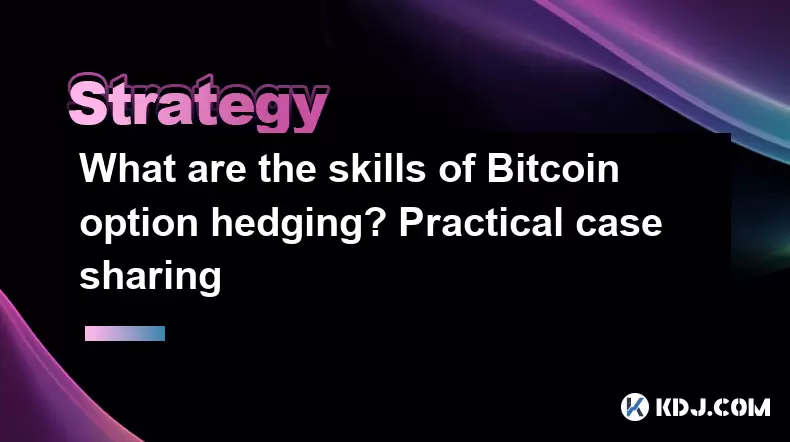
What are the skills of Bitcoin option hedging? Practical case sharing
Jun 24,2025 at 04:01pm
Understanding Bitcoin Option HedgingBitcoin option hedging is a risk management strategy used by traders and investors to protect their positions in the volatile cryptocurrency market. By using options, individuals can limit potential losses while retaining the opportunity for profit. In essence, it allows one to insulate against adverse price movements...
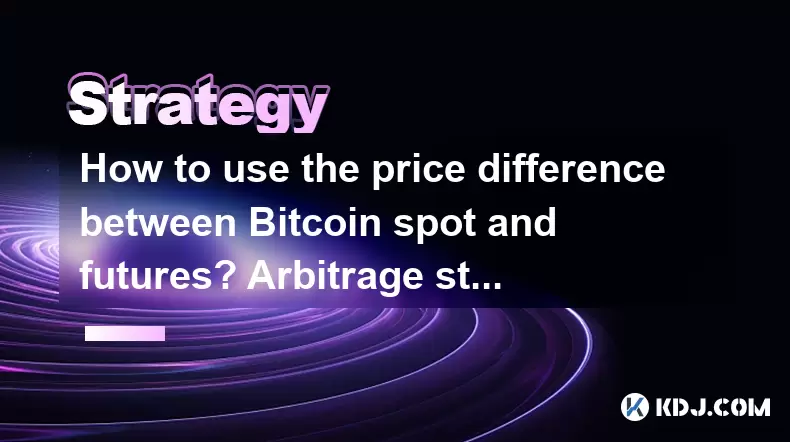
How to use the price difference between Bitcoin spot and futures? Arbitrage strategy
Jun 20,2025 at 02:56pm
Understanding Bitcoin Spot and Futures MarketsTo effectively leverage arbitrage opportunities between Bitcoin spot and futures markets, it's essential to understand the fundamental differences between these two types of markets. The spot market refers to the direct buying and selling of Bitcoin for immediate delivery at the current market price. In cont...
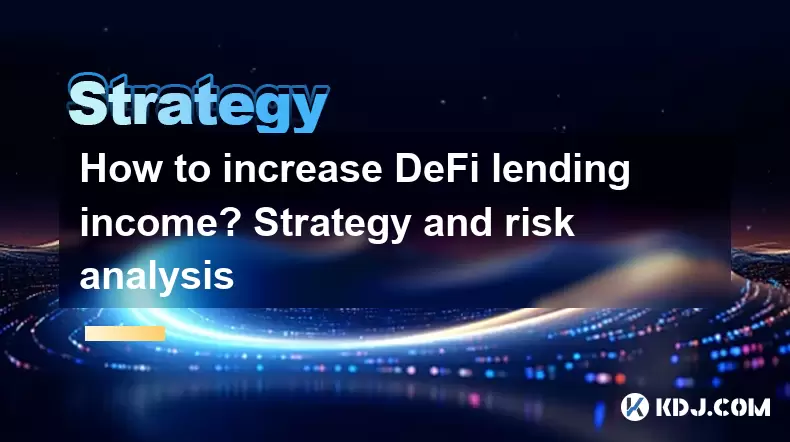
How to increase DeFi lending income? Strategy and risk analysis
Jun 24,2025 at 02:08pm
Understanding DeFi Lending and Its Income PotentialDeFi (Decentralized Finance) lending has emerged as a popular way to earn passive income in the cryptocurrency space. Unlike traditional banking systems, DeFi lending platforms allow users to lend their crypto assets directly to borrowers without intermediaries. The lenders earn interest based on the su...
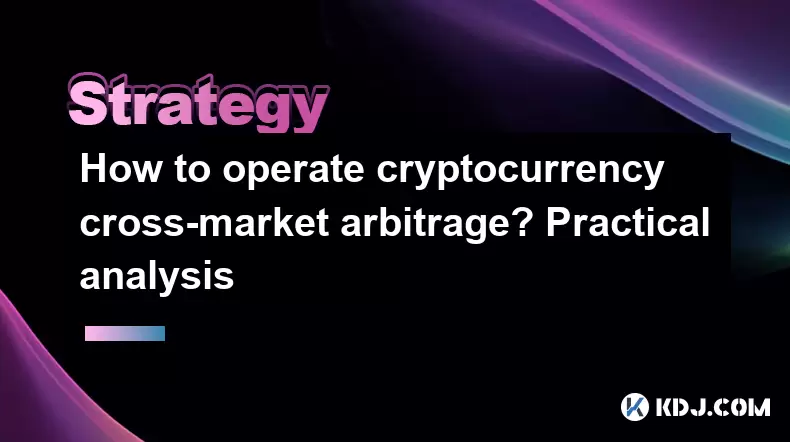
How to operate cryptocurrency cross-market arbitrage? Practical analysis
Jun 23,2025 at 04:01am
Understanding Cryptocurrency Cross-Market ArbitrageCryptocurrency cross-market arbitrage involves taking advantage of price differences for the same digital asset across different exchanges. The core idea is to buy low on one exchange and sell high on another, capturing the profit from the discrepancy. This strategy relies heavily on real-time market da...

How to make profits from high-frequency cryptocurrency trading? Sharing core skills
Jun 19,2025 at 05:07pm
Understanding High-Frequency Cryptocurrency TradingHigh-frequency trading (HFT) in the cryptocurrency market involves executing a large number of trades at extremely fast speeds, often within milliseconds. This method relies on small price discrepancies across exchanges or within a single exchange’s order book. Traders use complex algorithms and ultra-l...
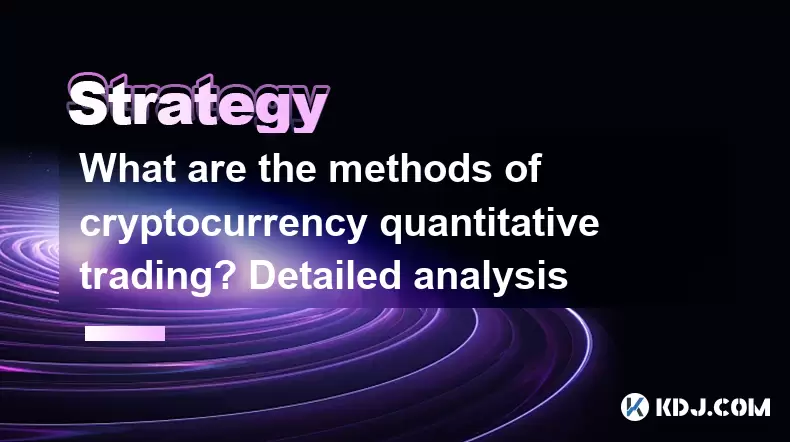
What are the methods of cryptocurrency quantitative trading? Detailed analysis
Jun 22,2025 at 11:07pm
Understanding the Core of Cryptocurrency Quantitative TradingCryptocurrency quantitative trading refers to the use of mathematical models and algorithms to execute trades in the digital asset market. Unlike traditional discretionary trading, which relies heavily on human judgment, quantitative trading leverages data-driven strategies to identify profita...

What are the skills of Bitcoin option hedging? Practical case sharing
Jun 24,2025 at 04:01pm
Understanding Bitcoin Option HedgingBitcoin option hedging is a risk management strategy used by traders and investors to protect their positions in the volatile cryptocurrency market. By using options, individuals can limit potential losses while retaining the opportunity for profit. In essence, it allows one to insulate against adverse price movements...

How to use the price difference between Bitcoin spot and futures? Arbitrage strategy
Jun 20,2025 at 02:56pm
Understanding Bitcoin Spot and Futures MarketsTo effectively leverage arbitrage opportunities between Bitcoin spot and futures markets, it's essential to understand the fundamental differences between these two types of markets. The spot market refers to the direct buying and selling of Bitcoin for immediate delivery at the current market price. In cont...

How to increase DeFi lending income? Strategy and risk analysis
Jun 24,2025 at 02:08pm
Understanding DeFi Lending and Its Income PotentialDeFi (Decentralized Finance) lending has emerged as a popular way to earn passive income in the cryptocurrency space. Unlike traditional banking systems, DeFi lending platforms allow users to lend their crypto assets directly to borrowers without intermediaries. The lenders earn interest based on the su...

How to operate cryptocurrency cross-market arbitrage? Practical analysis
Jun 23,2025 at 04:01am
Understanding Cryptocurrency Cross-Market ArbitrageCryptocurrency cross-market arbitrage involves taking advantage of price differences for the same digital asset across different exchanges. The core idea is to buy low on one exchange and sell high on another, capturing the profit from the discrepancy. This strategy relies heavily on real-time market da...

How to make profits from high-frequency cryptocurrency trading? Sharing core skills
Jun 19,2025 at 05:07pm
Understanding High-Frequency Cryptocurrency TradingHigh-frequency trading (HFT) in the cryptocurrency market involves executing a large number of trades at extremely fast speeds, often within milliseconds. This method relies on small price discrepancies across exchanges or within a single exchange’s order book. Traders use complex algorithms and ultra-l...

What are the methods of cryptocurrency quantitative trading? Detailed analysis
Jun 22,2025 at 11:07pm
Understanding the Core of Cryptocurrency Quantitative TradingCryptocurrency quantitative trading refers to the use of mathematical models and algorithms to execute trades in the digital asset market. Unlike traditional discretionary trading, which relies heavily on human judgment, quantitative trading leverages data-driven strategies to identify profita...
See all articles




















